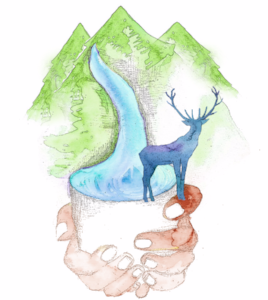Exploration 100 Years Ago
Are explorers today the same as explorers 100 years ago?
I ponder this question as I read the most compelling, adventure story told; “White Waters And Black” by Gordon Maccreag. It’s a story of an ambitious expedition into the jungles of the Amazon in 1923 for a period between one and two years. Maccreag’s team of mules, mules and more mules, and scientists of course, are to collect biological specimens, document Bolivia’s territory and discover the people within, without any idea of what lies ahead. A wide-ranging feet full of startling drama, comedy and beyond doubt, tragedy. They carry with them six tons of gear for eight men, that is one thousand, five hundred pounds apiece! A startling amount and yet as the press stated “the most perfectly equipped expedition that has ever started to explore South America”.
Although technology has advanced and supplies have become manageable there are still discoveries to be had. In 2005, Dr. Julian Bayliss revealed a “hidden rainforest” on Mount Mabu, Mozambique. Known only to the locals, this rainforest was not featured on maps nor, it is believed, in scientific collections or literature. I believe explorers today are faced with the same questions as explorers before them: How will I react to the hardships of travel? How will I adapt myself to the unfamiliarity’s which I will meet? And how can I carry less gear? On a subconscious level there may be more awareness now of the opportunities to “get out” if need be, but don’t be fooled by the hardships of any explorer who conquers the vast openness, dense jungles and fights the unpleasant insects.
Remember too, exploration is also very personal. It’s an adventure that you find yourself pushing for, seeking out what you don’t know. The grandness of some such as Alex Honnold, Guillaume Nery and Ed Stafford are quite impressive and show what humans can achieve, but the ever so small explorations should not be dismissed.
“For me every foot of it was full of interest, the interest of some new thing around every corner; even though it were no more than painted crag or a sweet of wind-blown snow”
Gordon Maccreagh trekking in Bolivia.
A must read.
Panama - Questioned my own adventure when I woke up to the bites of a mosquito on my eye.



